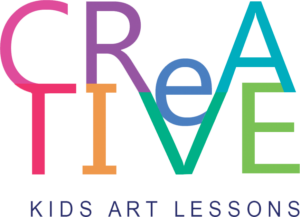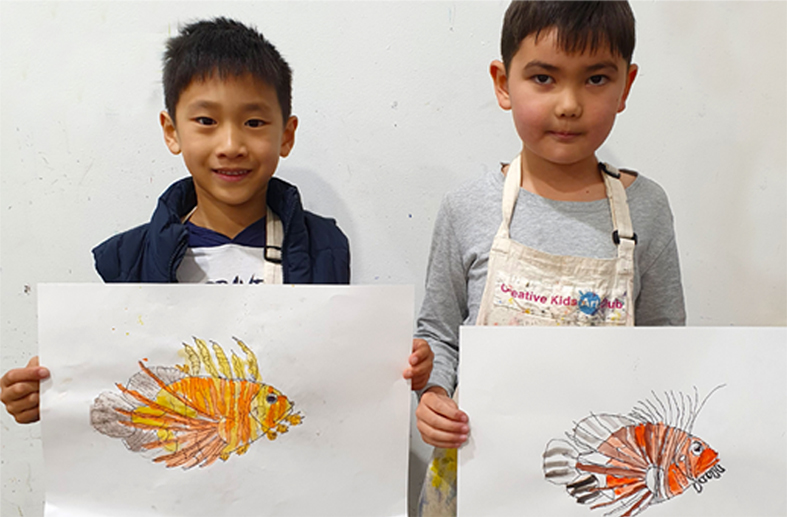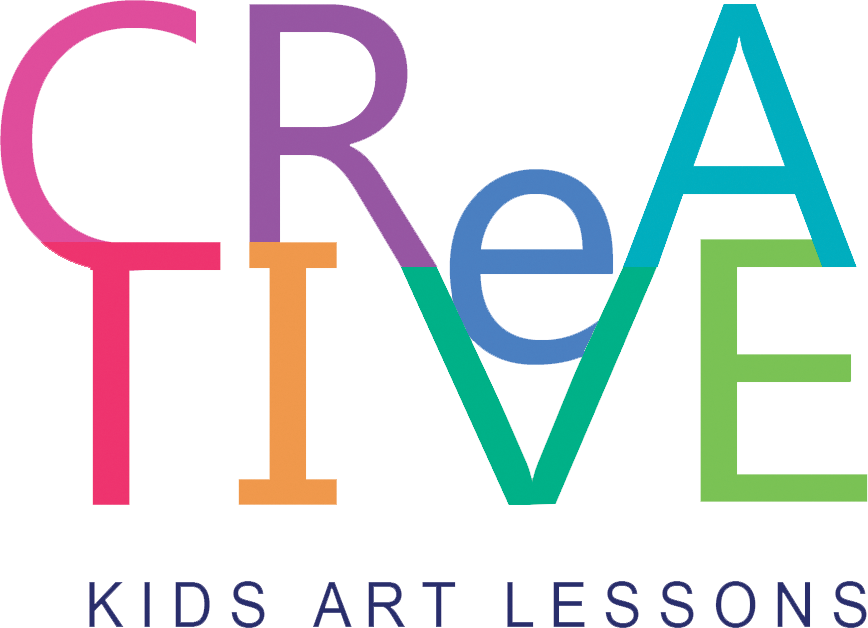The Elements and Principles of Art
The elements and principles of art are the foundation of everything we teach in the art classroom. While most students probably don’t think about it, they are constantly using the elements and principles whenever they draw, paint, sculpt, look at, think about or evaluate an artwork. That is why it’s important as an art teacher to get a handle on what these are and how they can be used to make, evaluate and improve artworks.
The Elements of Art
The elements of art include line, shape, colour, texture, form, space and value. These are the building blocks for making art and the way we use these affects how we consequently apply the principles of art. An artwork can utilize just one of these elements (think Malevich’s Black Square that uses only one colour) or it can utilize many of the elements (such as Yayoi Kusama’s sculptures with their profusion of colour, shape, form, texture, line and value!).
As teachers, it is important to make students aware of the elements of art so they can both understand the artwork of others and use the elements effectively in their artwork. One of the best ways to help students enjoy learning about the elements of art is to show them interesting artworks that clearly utilize key elements. Another way is to get them to focus on using just one or two of the elements when making art, this way they can better get a handle on using the chosen elements while also picking up the terminology more effectively.
The Principles of Art
The principles of art are interconnected with the elements of art in an artwork. The principles include emphasis, unity, contrast, scale/proportion, repetition, rhythm, balance and movement. When we talk about the principles, we are looking at the way the elements of art have been utilized within an artwork overall. Consider, for example, Jackson Pollock’s Blue Poles, and how he used the repetition of line and shape to create unity and balance within his painting. Or consider Munch’s painting, The Scream and how he used colour and value contrasts to create emphasis and convey a mood of fear and anxiety in his work.
Students don’t have to understand the elements of art to utilize the principles of art in their work, they will often do this by repeating colours to create a pattern or by making important objects in a painting bigger to create emphasis. It is important for them to understand both the elements and principles to use them more effectively.
Making the Elements and Principles of Art Accessible
Although there are some variations in terminology and individual lists regarding the elements and principles of art, one thing is for sure, these key aspects of art are very important in understanding how art works and in enabling us to make better and more interesting artworks ourselves. If you want to make these more accessible for your students, keep a series of posters up around your classroom so students can read them incidentally or so you can constantly refer to them during lessons. This way students will not only start to become more familiar with the terminology, but they will also have clear representations that make it easy for them to understand and apply the all-important elements and principles of art!
Latest Articles
Popular kids art lessons for teachers and ideas for the artroom
Sometimes Engaging upper primary boys in art class can be […]
The M+E Art Curriculum – Me and Environment As educators, one of […]
The Art Room Budget Work out what your total yearly […]





